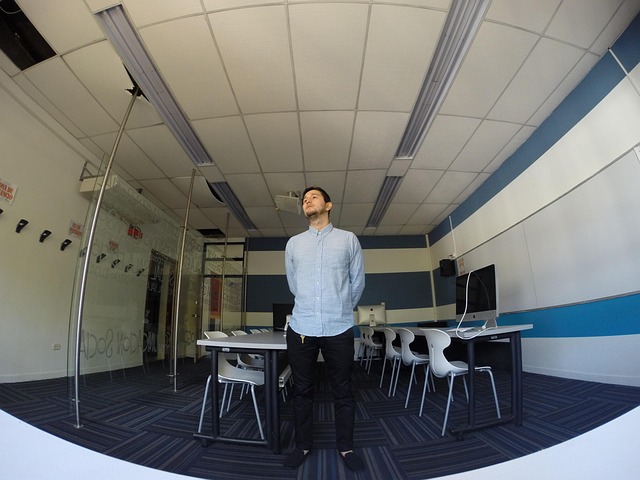Shared Office: Practical Guide to Workspace Features
Shared offices bring together individuals and small teams in a managed workspace that balances privacy, collaboration, and cost efficiency. These environments can range from coworking floors to dedicated desks and private suites, and they often include a reception, shared amenities, flexible furniture layouts, integrated technology, and clear financial terms. Understanding how each element works helps freelancers, startups, and established businesses choose a space that supports productivity while fitting operational needs and budgets. This guide explains the core components to evaluate when considering a shared office in your area.

Reception: What role does it play?
A staffed reception often forms the first impression of a shared office and performs practical functions beyond greeting visitors. Reception services can handle mail and package intake, manage guest sign-ins, provide basic concierge support, and route calls to members. For companies using a shared office as a front address, an attentive reception can enhance professionalism and security. When comparing spaces, ask whether reception hours, visitor policies, and available contact-routing options align with your communication needs and how reception integrates with local services like couriers and meeting room access.
Amenities: Which features matter?
Amenities in shared offices can vary widely and typically include meeting rooms, kitchens, printing, phone booths, and communal lounges. Health-focused amenities such as ventilation and cleaning protocols are increasingly prioritized. Some spaces offer event programming, mentorship, or networking opportunities that add community value. When assessing amenities, consider which features directly support daily workflows—fast Wi‑Fi, reliable printing, and private call spaces often matter more than aesthetic extras. Also check access rules, whether amenities require booking or additional fees, and how maintenance and housekeeping are managed.
Furniture: How to choose and arrange?
Furniture in shared offices should balance ergonomics, flexibility, and storage. Typical offerings include sit-stand desks, ergonomic chairs, collaborative tables, and lounge seating. Adjustable furniture supports varied work styles and helps reduce fatigue for people who spend long hours at their desks. For teams, modular furniture and movable partitions allow quick reconfiguration for workshops or client meetings. Evaluate the quality and adaptability of provided furniture, what storage solutions exist for personal items, and whether you can bring or supplement pieces to meet specific comfort or branding requirements.
Technology: What infrastructure is essential?
Robust technology infrastructure is a cornerstone of productive shared offices. Essential elements include high-speed, redundant internet connections, secure Wi‑Fi networks with separate guest access, reliable power and charging options, and modern audio-visual equipment in meeting rooms. Other considerations are IT support availability, printing and scanning solutions, and security systems like access control and surveillance. Ask about network management policies, data privacy measures, backup power for outages, and whether the space integrates with common remote-meeting platforms to ensure seamless collaboration for distributed teams and visiting clients.
Financial: What financial considerations apply?
Financial terms for shared offices typically include membership plans, monthly or annual leases, security deposits, and potential add-on fees for services like meeting room use or dedicated storage. Contracts range from month-to-month memberships with predictable billing to longer-term agreements that can offer lower monthly rates but less flexibility. When budgeting, compare what is included—utilities, cleaning, reception, and basic amenities—and what incurs extra cost. For organizations tracking expenses, clarity on invoicing, cancellation terms, and any escalation clauses is important. Consider also tax or accounting implications of lease vs. membership treatments in your jurisdiction.
Shared office environments blend physical resources and community elements to support diverse working styles. By focusing on the practical roles of reception, the relevance of amenities, the adaptability of furniture, the reliability of technology, and clear financial terms, organizations can make informed choices that align with operational priorities. Careful assessment of policies, included services, and how a space complements local services will help ensure a shared office supports both immediate needs and future growth.






